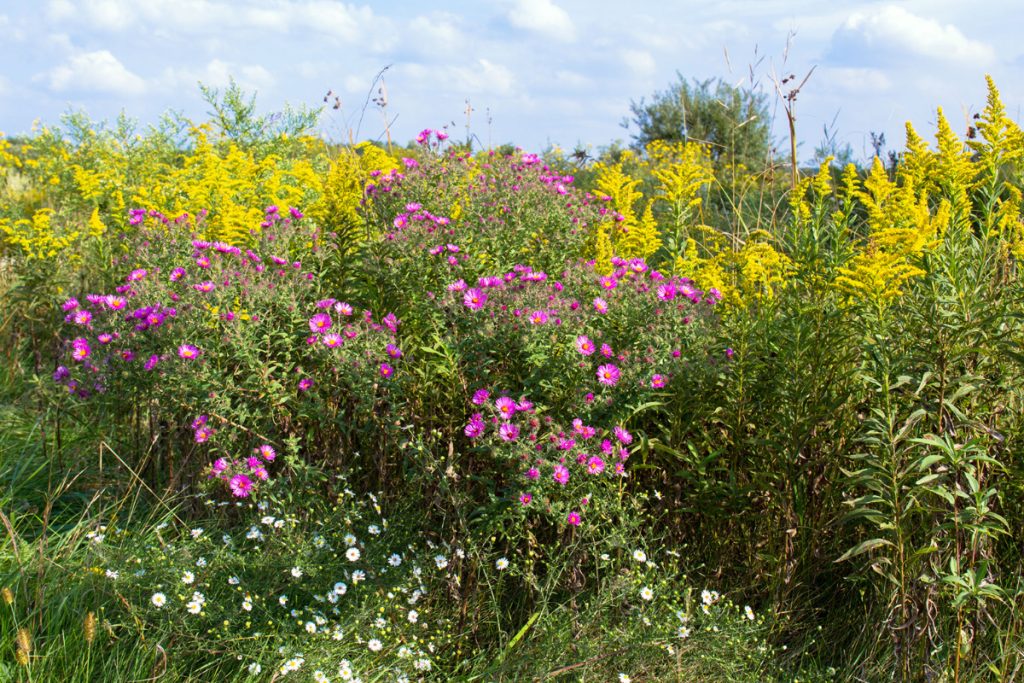As part of the Conservation Reserve Program (CRP), the State Acres for Wildlife Enhancement (SAFE) Initiative is designed to enhance important wildlife habitat to achieve local conservation goals. SAFE is a component of CRP that specifically focuses on working with private landowners to convert their land into valuable wildlife habitat.
For the environment, the land, humans, and wildlife, SAFE provides a wide range of benefits. In this post, we’ll take a closer look at some of those benefits and how you can enroll your land in the SAFE initiative.
Enhanced wildlife habitat
As the main focus of the program, one of the biggest benefits of the SAFE Initiative is the establishment of enriched wildlife habitat. By implementing the conservation practices (CPs) of the initiative on their land, landowners can create a sustainable, diverse environment for a wide range of species. It also helps restore and protect the local ecosystem and the health of the surrounding environment, improving conditions for humans as well.
Increased biodiversity
With enhanced wildlife habitat comes increased biodiversity, another crucial benefit of the SAFE initiative. Establishing diverse habitats like grasslands, wetlands, and forests can help attract a wide variety of species to the area. This includes native species that have evolved to survive in your region as well as species that have not previously existed in the area. By increasing local biodiversity, the SAFE Initiative can help promote the survival of threatened or endangered species while strengthening the overall ecological health of the region.
Improved water quality
Additionally, implementing the CPs of the SAFE Initiative on your land can help improve local water quality. Creating habitats like grasslands, wetlands, and riparian areas helps filter and purify the water before entering nearby streams, rivers, and other waterways. Along with reducing water pollution, it also helps protect aquatic species. Plus, these practices help the soil retain moisture, improving the overall health of the land.
Increased carbon sequestration
Creating natural wildlife habitats through the SAFE Initiative can also lead to increased carbon sequestration. Native species like grasses are better able to sequester carbon in the soil than other types of species. By trapping and storing more carbon in the soil, these practices can help reduce the amount of greenhouses gasses in the atmosphere and mitigate the effects of climate change.
Economic benefits
For landowners enrolled in the program, SAFE can also provide numerous economic benefits. By providing financial incentives to participants like cost-share reimbursement and one-time incentive payments, farmers can offset the cost of habitat restoration and maintenance. In addition, opportunities for outdoor recreation activities like hunting and birdwatching can be created, helping to boost local economies.
Enrolling in the SAFE Initiative in 2023
With benefits for the environment, local wildlife, and private landowners, the SAFE Initiative is a vital player in current and future wildlife conservation efforts. By developing diverse, sustainable wildlife habitat, the initiative can increase local biodiversity, sequester carbon, boost water quality, and provide important economic benefits for participants.
Considering signing up for the SAFE Initiative in 2023? Reach out to us at FDCE. Since 2003, we have been helping landowners enroll, establish, and maintain their farmlands for CRP across the country. We can help you with your documentation, seed mix, herbicide application, and much more. Send us a message today to learn how we can help you get started with your SAFE project.

